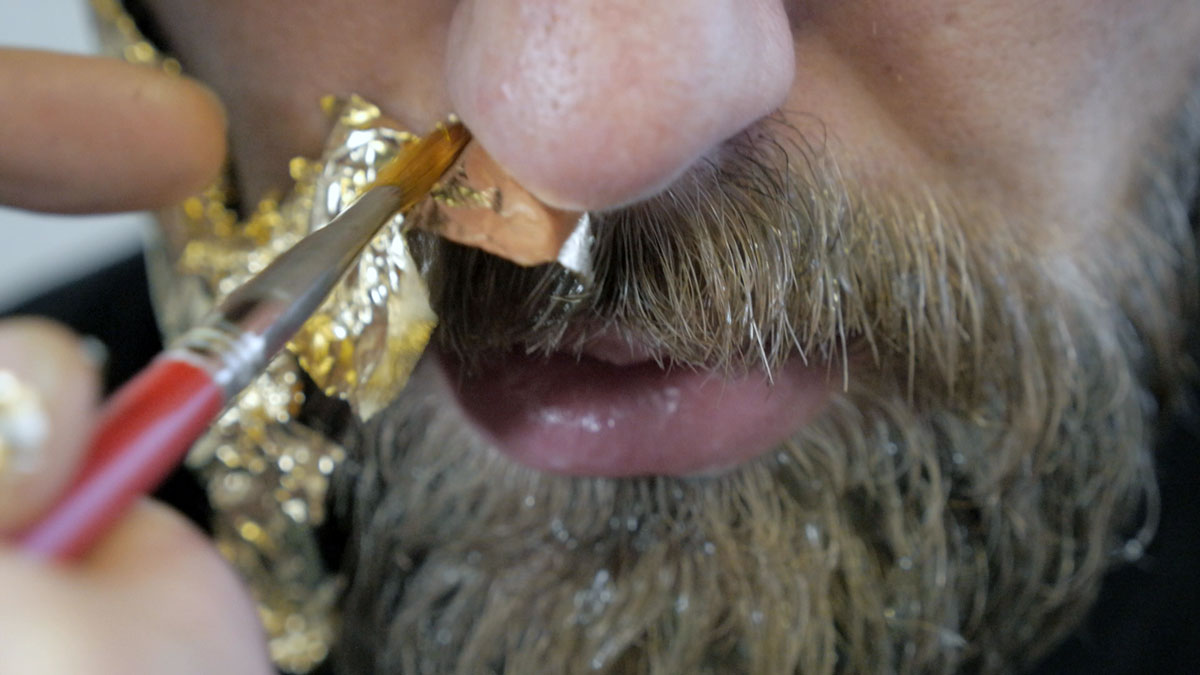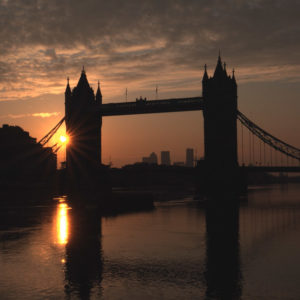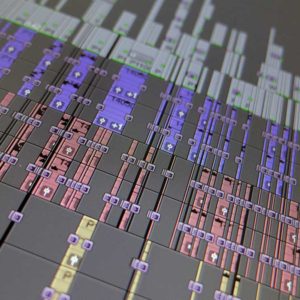When you are looking at producing a music video especially a low budget music video its good to utilise the resources you have access to. We devised this music video based around filming in a very small studio space.

Music video production and filming
This music video was a project that myself and production designer Luis Carvalho, decided to develop. We discussed ideas for a concept music video project several months in advance of the actual filming taking place. As well as co-producing and co-directing the project with Luis, I also planned to film the music video and then to edit the filmed footage to our selected music track.
Producing a music video – developing ideas
We started the creative process by considering the general sense of the concept and worked on different potential scenes. After meetings over a period of several weeks, the overall concept style was developed and a range of realistic scene options began to materialise.
After considering our potential resources, we decided to film the video in a small Hoxton work studio. Using this studio had three major benefits. The studio was free to use (our project had a very limited budget), we had 24-hour access (both for the various rehearsals and for the actual filming) and it was safe and secure (for the performances and for all the hired-in and filming kit).
Early on in the process, Luis and I created a draft contract between us and the selected performers, which agreed to the roles and responsibilities for each member of the team we had brought together.
An infinite black box set
We both thought the idea of creating an infinite black box in the studio space would allow us to create a series of separate visual scenes in a controlled and artificially lit environment. We then considered a wide range of options as to how to create a black-box space in the studio. In the end, we decided it would be the most cost-effective to hire some actual builder’s scaffolding in order to build a solid square scaffolding support rig from which we could hang (hired-in) a black wool serge backcloth and could safely mount all the hired lighting.
Once we had decided on the filming space, we were able to further develop and confirm our creative ideas for each of the various scenes. Movement artist Rebecca Bogue joined our team early on in the creative process and was invaluable in developing the choreography for each of seven different scenes.
As the creative vision for the project came together, we presented the final draft ideas to the actors. After collectively agreeing to the project’s visual ethos, we then created a schedule of availability for each member of our team. Over the course of the next four weeks, we timetabled each of the seven scenes for movement rehearsals. We also scheduled a set building timetable including arranging all the hired-in kit from around London, the studio rigging, the actual filming days, the studio de-rig and hired kit return.
Managing the schedule
Once we had finalised our detailed plan, we were able to draw up an anticipated budget to make sure that we could meet any planned expenses. In order to manage the project costs, it was necessary to hire everything for as short a time as possible. The main hiring costs were scaffolding, lighting hire and the black wool serge backdrop. We agreed to a three-day filming schedule which meant that we could keep to a one-week hire only for the lighting and wool serge. We decided to hire the steel scaffolding rig for two weeks. This gave us extra time either side of the filming schedule to rig it all up, clean the scaffolding before the arrival of the wool serge and then to de-rig it all for return after filming had been completed.
Production designer
Luis took on the key role of production designer and so he was very busy building the set, sourcing props and creating the detailed costumes. The video was devised to be set around a dressing room type mirror with the mirror reflecting an image of the lead actor. In the video we would see the lead actor experiencing a series of flashbacks, each revealing a previous memorable life experience. Towards the end of the video, the lead actor would move through the mirror to the ‘other ‘ side, effectively appearing to move into the mirror itself. To realise this ‘moving through a mirror’ action, Luis constructed a dressing room mirror frame that could accept both a fixed mirror and a frame with a translucent rubber barrier installed.
Movement direction
The team scheduled six separate rehearsal sessions that were each directed by Rebecca. Each scene had a different set of people involved (including some extras) and a varied range of movements. It really helped me to visualise the camera shots as we all explored these movements in the same studio that we were to be filming in. In the video, the lead actor had to visually undertake a complex transition of moving through one side of the dressing room mirror to the other side. It proved essential to practice what movements could be safely achieved with both the dressing room mirror set and rubber
Building the set rig
Luis and I created a plan for the scaffolding rig to be set up in the studio. The rig would enable us to move the lighting around the set and also created a safe working space for everyone during the filming. Before we installed the scaffolding, we painted the studio floor and studio ceiling with black paint to help reduce and avoid any bounced light reflections. A week before filming began, we took delivery of our hired-in steel scaffolding and erected the rig. Then, a couple of days before filming, we hung the black wool serge and fitted the lights into position on the rig we had created. Fortunately, I had access to each separate phase of a three-phase power supply, so we had sufficient electrical supply security for the shoot. In total, we had eight 1000 watt of lights and around 5kw of total lighting available for the set.
Filming
The three days filming were pretty intense but everything went smoothly. We had enough scheduled time to change the set, adjust the lighting and fit costumes. For each scene, we filmed the action several times (from different angles). We ended up with around 6 hours of filmed footage from the three days shoot which gave me a variety of options when I started work on the edit. Producing a music video as well as all the setting up and filming involved a great deal of work. I gained some great experience. I also developed a great creative and working relationship with Luis and added further to my knowledge of music video production. You can view the amazing work of production designer Luis F. Carvalho on his website. If you would like any help with producing a music video or music video editing please get in touch.



